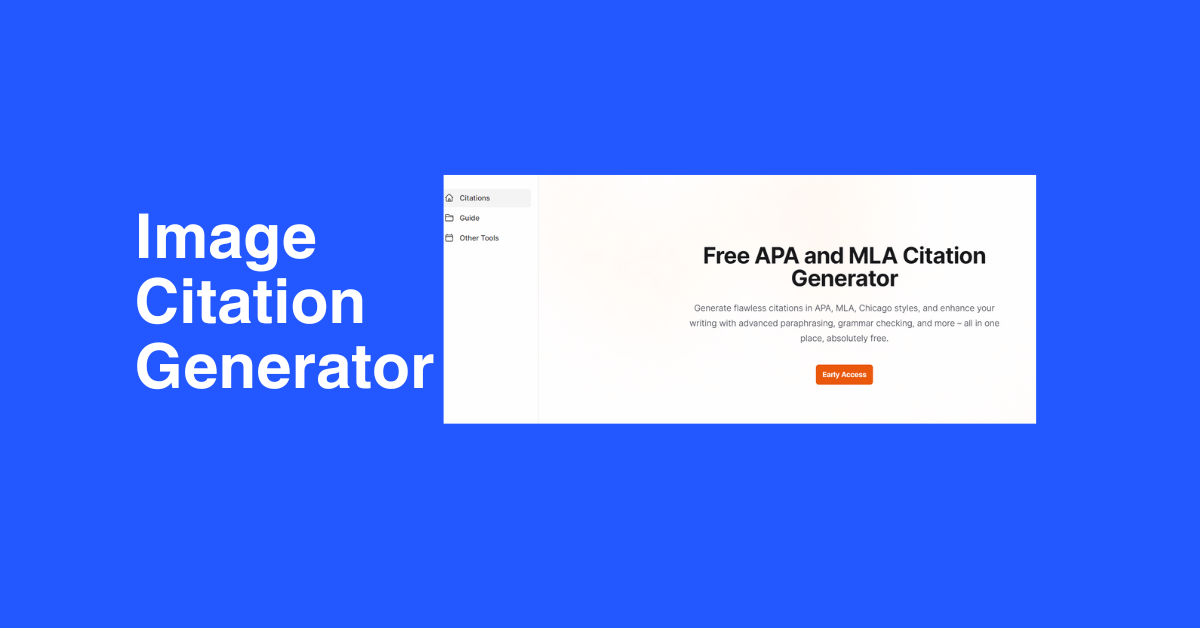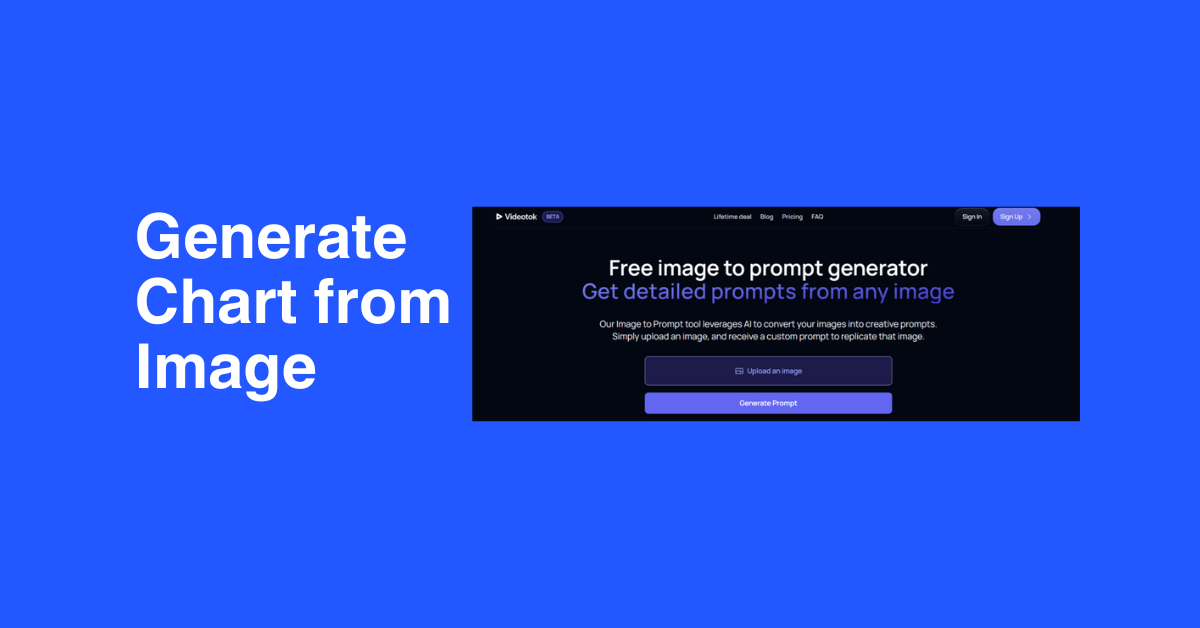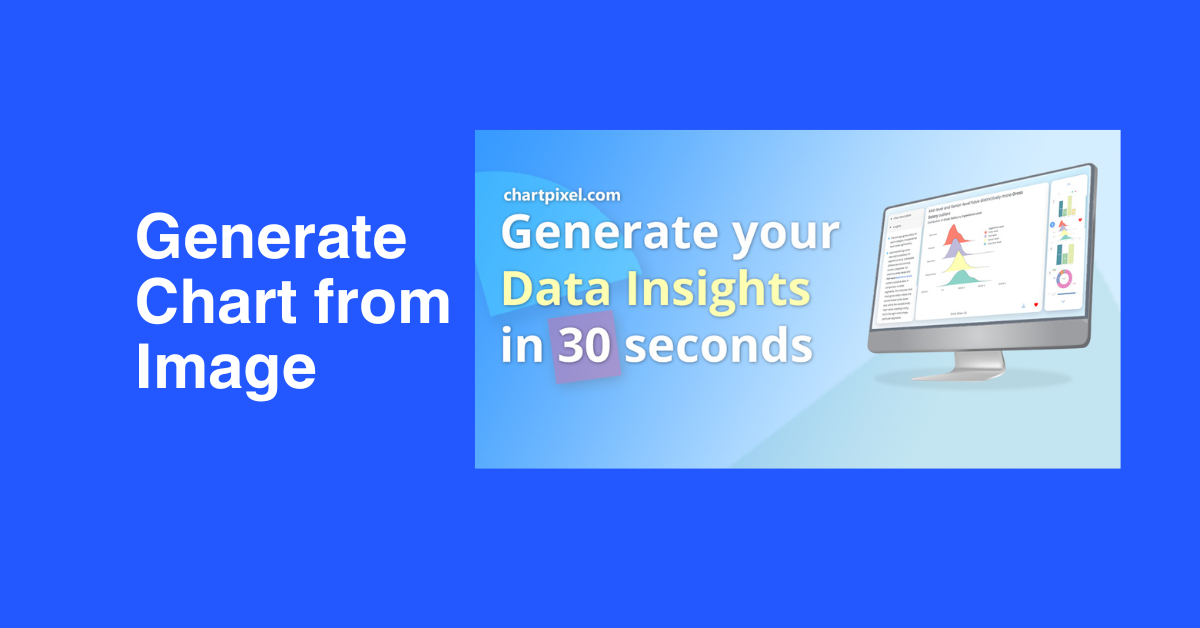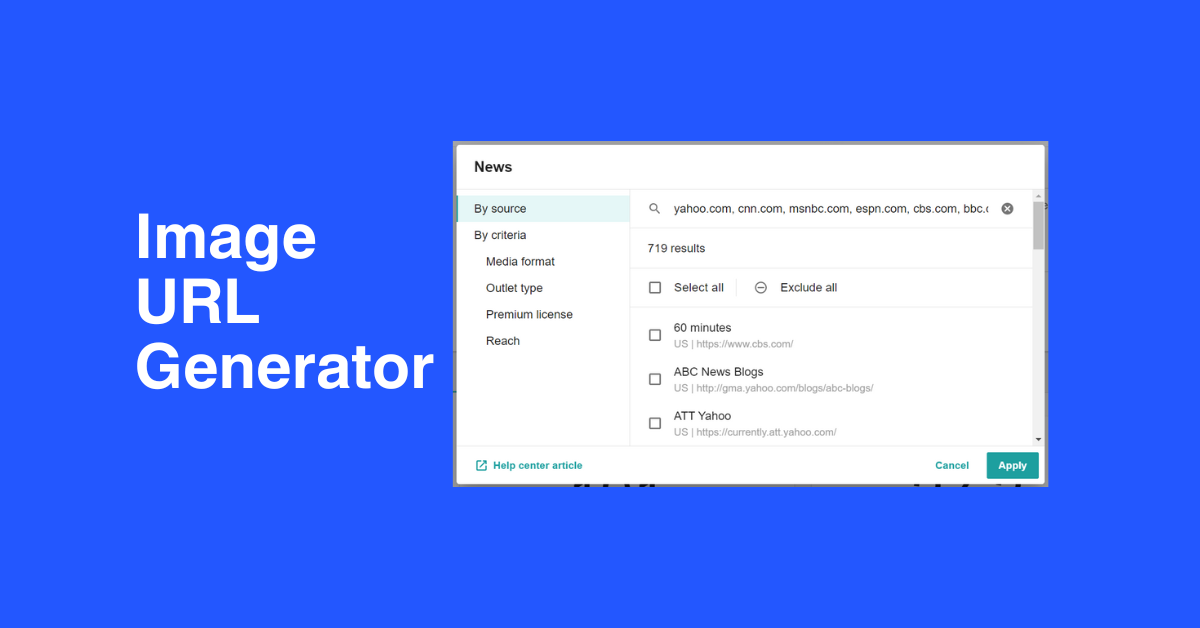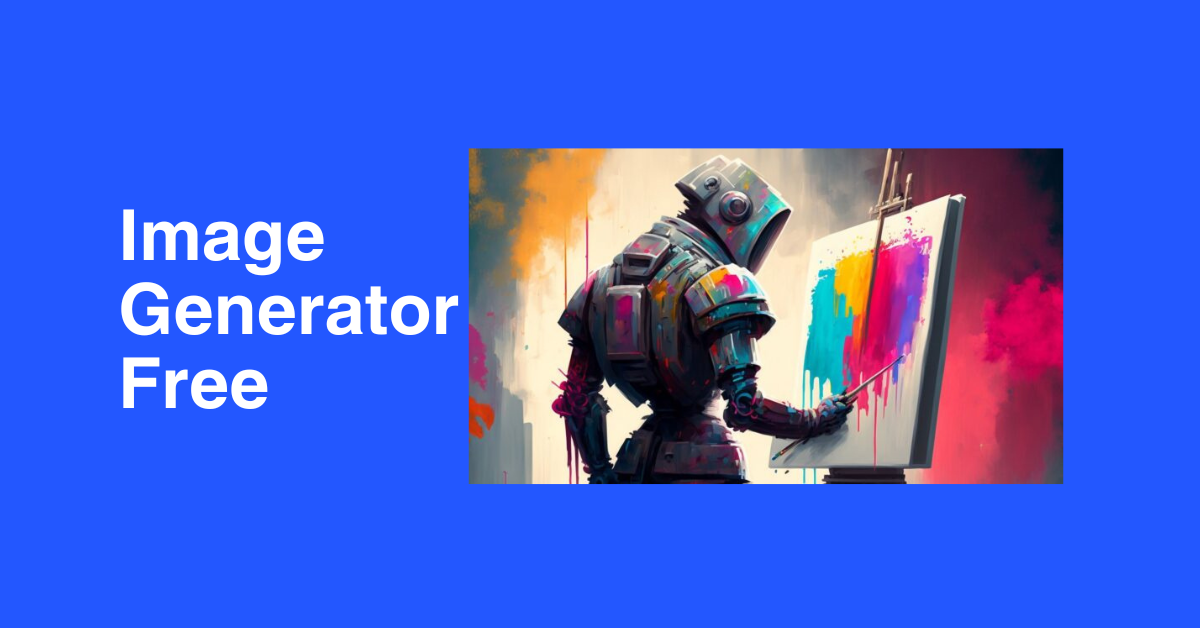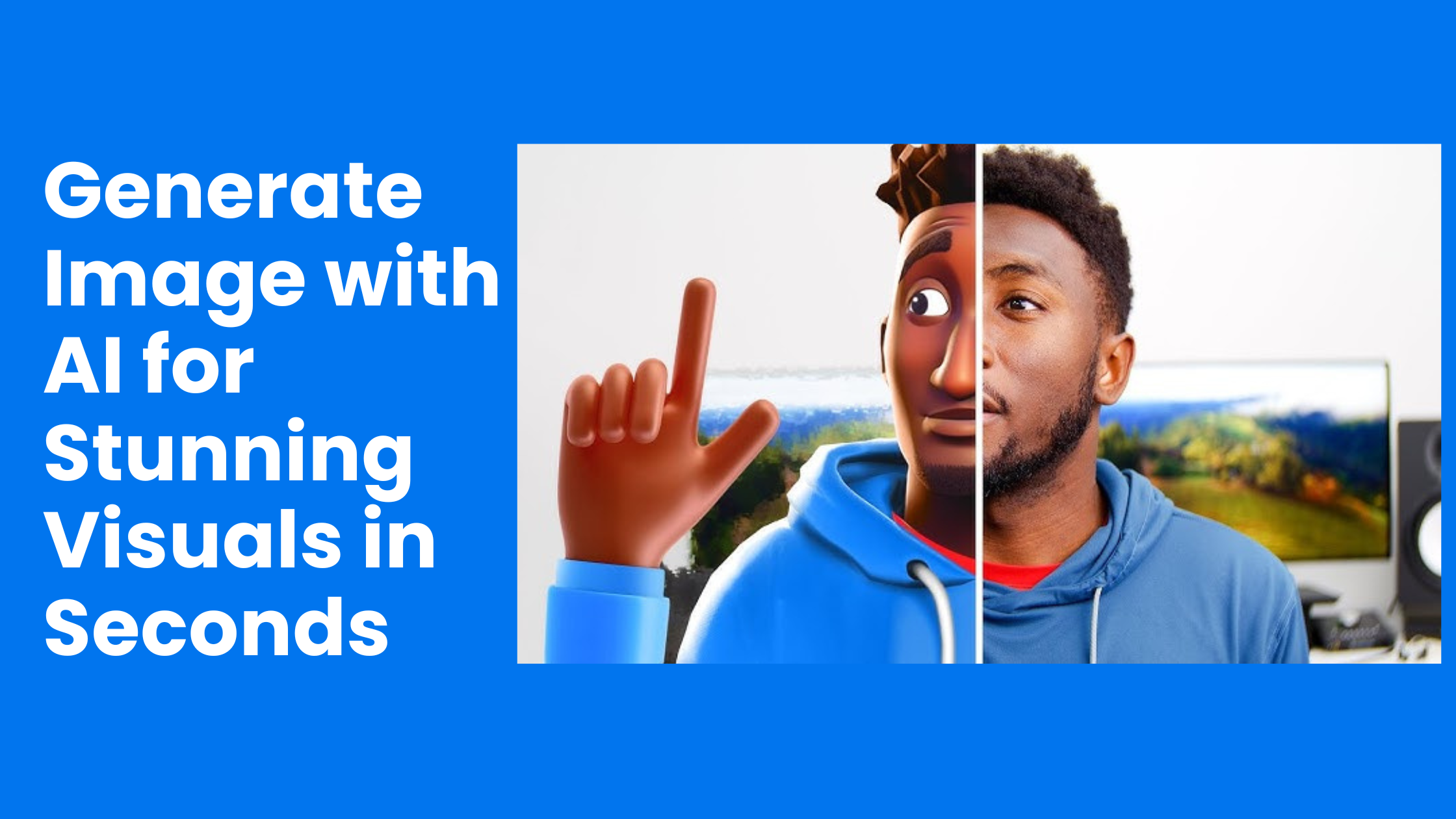
Generate Image with AI for Stunning Visuals in Seconds
- Image Generators
- November 1, 2024
- No Comments
In today’s digital age, the intersection of artificial intelligence and creativity has given rise to innovative tools that allow creators to generate images with AI in ways previously unimaginable. The landscape of visual content is evolving, enabling artists, designers, and even everyday users to harness the power of advanced algorithms to create stunning visuals from mere text prompts or existing images. This comprehensive guide delves deep into the art and science of generating images using AI, exploring popular tools, techniques, ethical considerations, and the future of this fascinating field.
Generate Image with AI : From Text to Visuals

The advent of AI technology has revolutionized image creation, allowing us to convert textual descriptions into rich visuals. This transformation opens up new avenues for creativity and expression while also challenging traditional notions of art and design.
Understanding the Technology Behind AI Image Generation
At its core, AI image generation is powered by complex algorithms and neural networks, particularly Generative Adversarial Networks (GANs). These systems learn from vast datasets of images, identifying patterns and relationships between different elements. By doing so, they can create entirely new images based on specific prompts or criteria provided by users.
The training process involves two main components: the generator and the discriminator. The generator creates images, while the discriminator evaluates their authenticity against real images. Through a continuous feedback loop, both components improve over time, ultimately producing high-quality visuals that often blur the lines between reality and software-generated imagery.
The Role of Natural Language Processing
Natural Language Processing (NLP) plays a crucial role when it comes to converting text into visuals. By employing NLP, AI systems can comprehend the nuances of human language and translate them into coherent visual representations. This capability enables users to input detailed descriptions that the AI interprets to produce relevant images.
For instance, a prompt like “a serene landscape at sunset, with rolling hills and a vibrant sky” provides the AI with specific visual cues to guide its generation process. Consequently, users no longer need to be skilled artists or designers; AI democratizes the art of image creation, making it accessible to all.
Applications Across Various Industries
The applications of AI-generated images extend far beyond artistic endeavors. In advertising, marketers utilize AI to create tailored visuals that resonate with target audiences, enhancing engagement and brand identity.
Similarly, in the entertainment industry, filmmakers and game developers use AI-generated imagery to conceptualize characters, landscapes, and scenes. This technology not only accelerates the creative process but also fosters innovation, as creators can experiment with diverse styles and concepts without the constraints of manual rendering.
Moreover, sectors like education and healthcare are beginning to explore AI-generated visuals as well. Educational institutions can develop interactive learning materials, while medical professionals can visualize complex data, improving understanding and communication.
Exploring AI Image Generators: A Deep Dive into Popular Tools

With numerous AI image generators available today, understanding their unique features and functionalities can significantly enhance your experience in creating visuals. Each tool offers distinct advantages, catering to various user needs and preferences.
Overview of Leading AI Image Generators
Several AI image generators have gained popularity due to their ease of use and impressive output quality. Some of the most recognized tools include DALL-E, Midjourney, and Stable Diffusion. Each of these platforms leverages sophisticated algorithms to produce remarkable results, yet they differ in terms of accessibility, output style, and customization options.
DALL-E, developed by OpenAI, is renowned for its ability to create imaginative and whimsical images based on quirky prompts. Users can describe fantastical scenarios, and DALL-E delivers unique interpretations, showcasing the limitless potential of AI in art.
Midjourney, another innovative platform, focuses on producing artistic and abstract visuals. It emphasizes community engagement, allowing users to share and remix creations, fostering collaboration among artists and enthusiasts.
Stable Diffusion, known for its open-source nature, empowers users to generate high-quality images while offering flexibility for customization. Its adaptability makes it a favorite among those seeking to tailor images specifically to their needs.
Comparing Features and User Experiences
As with any tool, each AI image generator presents a unique user experience. DALL-E’s user interface is streamlined and intuitive, making it easy for beginners to navigate. The platform also allows for iterative refinement, enabling users to tweak their prompts for better outcomes.
In contrast, Midjourney encourages exploration and experimentation, boasting an active community where users can derive inspiration from one another. This collaborative environment enhances the creative journey, giving rise to a sense of belonging among users.
Stable Diffusion requires a bit more technical knowledge due to its open-source nature, but it rewards users who invest time in learning with unmatched flexibility and control over generated content.
Evaluating Output Quality and Creativity
When it comes to evaluating the output produced by these AI image generators, several factors come into play. While DALL-E excels at generating imaginative and visually striking images, some users may find its results less suitable for realistic portrayals.
Midjourney, on the other hand, embraces an avant-garde approach, resulting in stunning yet unconventional artwork. This characteristic may appeal to artists looking to push boundaries and explore abstract concepts.
Stable Diffusion consistently produces high-quality images across various styles, making it a versatile choice for designers and creators who wish to maintain fidelity to specific artistic visions.
Ultimately, selecting the right AI image generator depends on personal preference, desired outcomes, and the level of customization required.
Generate Image with AI: Techniques and Applications

Creating compelling visuals involves more than simply entering a prompt; it encompasses a variety of techniques and applications that enhance the overall image generation process. Understanding these methods can help users maximize the effectiveness of AI-generated imagery.
Techniques for Enhancing Image Generation
To optimize the results generated by AI, users can adopt several techniques. Crafting detailed and precise prompts is paramount, as the richness of the input determines the quality of the output. Including specific elements such as colors, moods, and compositions can lead to more accurate representations of desired visuals.
Additionally, utilizing style transfer techniques can yield eye-catching results. By feeding the AI with examples of existing artwork or styles, users can direct the algorithm to emulate particular aesthetics, bridging the gap between originality and inspiration.
Experimentation is also critical in the image generation process. Users should not shy away from testing various prompts and adjustments, as trial and error often leads to unexpected yet delightful results. This exploratory mindset fosters creativity and allows individuals to uncover unique visual interpretations.
Real-World Applications of AI Image Generation
AI image generation finds practical applications in various fields, enhancing workflows and unlocking new possibilities. In marketing, for example, businesses leverage AI to craft eye-catching advertisements tailored to audience preferences. This targeted approach helps capture attention and drive conversions.
In the realm of gaming, developers utilize AI-generated assets to create immersive worlds and characters. By producing unique designs, studios can reduce development time while enriching players’ experiences with fresh content.
The fashion industry is also tapping into AI’s potential, using generative models to create clothing designs and visualize concepts before production. This technique streamlines the design process and promotes innovation within the industry.
Furthermore, AI image generation plays a pivotal role in social media content creation, allowing influencers and brands to maintain a consistent online presence. By quickly generating visuals, users can engage followers with fresh and captivating content.
Bridging Tradition and Technology in Visual Arts
AI-generated images have sparked discussions about the relationship between traditional art forms and modern technologies. While some purists may view AI as a threat to authentic artistic expression, others embrace it as a tool that complements human creativity.
Artists are increasingly incorporating AI into their workflows, blending traditional techniques with digital innovation. This fusion inspires new styles and approaches, fostering collaboration between human intuition and machine intelligence.
The incorporation of AI in the creative process challenges established norms, encouraging artists to rethink their roles and explore uncharted territories. As a result, AI-generated imagery becomes part of a broader narrative that celebrates the diverse expressions of creativity.
Unlocking Creativity: How AI is Transforming the Art World
The integration of AI into the art world has catalyzed a profound shift in how we perceive creativity and artistic expression. Traditional definitions of artistry are being challenged, leading to exciting developments and exciting collaborations.
Redefining the Creative Process
AI image generation invites artists to reconsider the creative process itself. Rather than merely acting as sole creators, artists can now collaborate with AI to enhance their imaginations. This partnership nurtures a sense of co-creation, where the artist provides direction while the AI generates novel ideas.
By using AI tools, artists can explore variations of a single concept quickly, gaining insights into different styles, compositions, and themes. This iterative approach fuels inspiration and prevents creative stagnation, allowing artists to push boundaries and discover new avenues for expression.
Celebrating Diversity in Artistic Styles
AI-generated imagery opens the door to a diverse range of artistic styles that reflect various cultural influences and backgrounds. Artists can experiment with styles inspired by different movements and genres, leading to a rich tapestry of visuals that celebrate diversity.
As AI image generators become more prevalent, they democratize access to art creation, empowering individuals from different backgrounds to contribute their perspectives. This inclusivity fosters a vibrant art community, embracing a multitude of voices and talents.
Collaboration Between Artists and Algorithms
Collaboration between artists and algorithms leads to groundbreaking projects that showcase the power of AI in art. Initiatives that blend human creativity with machine learning generate thought-provoking works that challenge perception and evoke emotion.
Exhibitions featuring Generate Image with AI artwork invite viewers to contemplate the implications of technology in art. These displays spark conversations about authorship, originality, and the evolving nature of creativity in the digital age.
Moreover, educational programs are emerging that teach artists to harness the potential of AI. Workshops and courses explore the intersection of technology and art, equipping creators with the skills needed to thrive in this dynamic landscape.
Beyond the Hype: Ethical Considerations in AI Image Generation
As the popularity of AI-generated images skyrockets, ethical considerations come to the forefront. The implications of these advancements warrant thoughtful discussions around ownership, authenticity, and cultural sensitivity.
Ownership and Copyright Issues
One of the most pressing ethical concerns surrounding AI-generated images is the question of ownership. When an artwork is created by an algorithm, determining the rightful owner becomes complex. Are the creators of the algorithms entitled to credit, or do the users who input prompts hold the rights?
This ambiguity raises important legal questions regarding copyright and intellectual property. As the landscape evolves, legal frameworks must adapt to address ownership issues related to AI-generated content, ensuring that artists and creators are protected.
Addressing Cultural Appropriation
Cultural sensitivity is another critical aspect to consider. AI image generators are trained on vast datasets, which may inadvertently perpetuate stereotypes or misrepresent cultural elements. The risk of cultural appropriation arises when algorithms produce visuals that borrow from specific cultures without proper context or respect.
It is essential for creators and developers to acknowledge the cultural significance of certain symbols and motifs. Collaborating with individuals from diverse backgrounds can help mitigate the risks associated with cultural misrepresentation and foster responsible practices in AI image generation.
Ensuring Inclusivity and Fairness in AI Training
The datasets used to train AI models often reflect existing biases present in society. This bias can result in skewed representations and underwhelming outputs for marginalized communities. To combat this issue, developers must prioritize inclusivity in dataset curation, ensuring that a wide range of perspectives and experiences is represented.
Moreover, transparency in the algorithms’ decision-making processes is crucial. Creators should strive for clarity in how AI generates imagery, allowing users to understand the influences behind the output. This transparency fosters trust and encourages ethical practices within the AI image generation community.
The Future of AI Image Generation: Trends and Predictions
As technology continues to advance, the future of AI image generation promises exciting developments. Emerging trends and innovations are poised to reshape the landscape, offering new opportunities and challenges for creators.
Advancements in Machine Learning Techniques
The evolution of machine learning techniques will likely enhance the capabilities of AI image generators. Improved algorithms will enable more nuanced interpretations of prompts, resulting in higher-quality visuals that closely align with users’ intentions.
Furthermore, the integration of multimodal learning—combining text, images, and even audio—could lead to richer and more sophisticated image generation experiences. This convergence of modalities could empower creators to express complex ideas in visually compelling ways.
Greater Customization and Personalization
Personalization is set to play a vital role in the future of AI image generation. As AI technology becomes more refined, users will gain access to greater customization options, tailoring the generated visuals to their unique styles and preferences.
This trend could revolutionize industries like advertising and branding, where personalized visuals hold immense value in resonating with target audiences. Marketers will have the opportunity to create highly relevant and engaging content that speaks directly to consumers.
Integration with Augmented and Virtual Reality
The integration of AI image generation with augmented reality (AR) and virtual reality (VR) is an exciting frontier. As AR and VR technologies continue to mature, AI-generated visuals could be seamlessly integrated into immersive environments, providing users with dynamic and interactive experiences.
Imagine stepping into a virtual gallery where AI-generated artworks evolve in response to your interactions—a truly transformative experience that blurs the line between the physical and digital realms.
From Imagination to Reality: Building Custom Images with AI
The ability to generate custom images with AI opens up a world of possibilities for creators, offering tools that cater to individual visions and styles. Understanding how to effectively build images using AI can unlock new dimensions of creativity.
Step-by-Step Guide to Custom Image Creation
To begin creating custom images with AI, start by defining your vision. Identify the key elements you want to incorporate, such as style, mood, color palette, and subject matter. Clear articulation of your ideas will guide the AI in generating visuals that resonate with your intent.
Next, choose a suitable AI image generator that aligns with your needs. Consider factors such as output quality, customization options, and ease of use. Familiarizing yourself with the platform will enhance your workflow and ensure a smooth creative process.
Once you’re ready, input your crafted prompt into the AI system. Pay attention to the specificity of your descriptions, as this detail will influence the generated outcome. Experiment with multiple iterations, refining your prompts based on initial results until you achieve the desired effect.
Embracing Iteration and Experimentation
Iteration is key to developing custom images that truly reflect your vision. Don’t hesitate to modify prompts, adjust parameters, and explore diverse styles. The beauty of AI image generation lies in its capacity to surprise and inspire, often leading to unexpected yet delightful results.
Record your creative process, noting the prompts used and the corresponding outputs generated. This documentation not only aids in refining your approach but also serves as a valuable resource for future projects.
Sharing and Collaborating with Others
Once you’ve created custom images, consider sharing your work with the community. Online platforms and social media provide avenues for showcasing your creations, receiving feedback, and connecting with fellow artists and enthusiasts.
Collaboration also thrives in the realm of AI-generated imagery. Engage with other creators to explore shared visions, pooling ideas and talents to produce joint projects. Collaborative efforts can yield extraordinary results, as diverse perspectives come together to shape the final product.
Generate Image with AI: A New Era of Visual Storytelling
The emergence of AI-generated imagery heralds a new era in visual storytelling, pushing the boundaries of how narratives are constructed and conveyed. Creatives are discovering innovative ways to integrate AI into their storytelling processes.
Crafting Narratives through AI Imagery
Visual storytelling involves weaving narratives into images, evoking emotions and engaging viewers through imagery. With AI-generated visuals, storytellers can amplify their narratives by producing illustrations that align seamlessly with their tales.
By utilizing AI to create key visuals for different narrative moments, storytellers can enhance the impact of their stories. For example, a fantasy author may generate character portraits or scene illustrations that resonate with readers, bringing their literary worlds to life.
Interactive Storytelling Experiences
AI-generated images lend themselves beautifully to interactive storytelling experiences. As creators explore gamified narratives, the ability to dynamically generate visuals based on user choices enriches engagement and immersion.
Imagine a choose-your-own-adventure scenario where decisions lead to unique visual outcomes—each pathway adorned with custom-generated images that reflect the choices made. This level of interactivity fosters deeper connections between creators and audiences, transforming passive consumption into active participation.
Inspiring Future Generations of Storytellers
As AI-generated imagery gains traction, it inspires a new generation of storytellers, encouraging experimentation and innovation. Young creatives are empowered to explore diverse storytelling formats, leveraging AI tools to express their visions without limitations.
This evolving landscape cultivates a culture of exploration, where imagination reigns supreme. The possibilities are boundless, inviting individuals to push the boundaries of their narratives and engage in meaningful conversations about the nature of creativity.
Revolutionizing Design: How AI is Shaping the Future of Visuals
AI-generated imagery is fundamentally changing the design landscape, offering unprecedented opportunities and challenges for designers across industries. As the technology evolves, its impact on visual communication is becoming increasingly pronounced.
Streamlining Design Processes
AI image generation streamlines design processes, allowing creatives to rapidly prototype and iterate on ideas. Designers can generate multiple variations of a single concept in minutes, expediting decision-making and minimizing the time spent on manual rendering.
This efficiency enables designers to focus on the conceptual aspects of their work rather than getting bogged down by tedious execution. As a result, the design process becomes more dynamic, encouraging experimentation and innovation.
Enhancing Visual Communication
AI-generated imagery enhances visual communication by providing designers with a diverse array of visuals to convey messages effectively. Whether in marketing, branding, or user experience design, custom images tailored to specific audiences can elevate engagement and comprehension.
The ability to generate visuals that resonate with target demographics ensures that designs communicate their intended messages clearly. This precision in visual communication amplifies the impact of campaigns and projects, driving successful outcomes.
Challenging Conventional Design Norms
While AI offers remarkable advantages, it also poses challenges to conventional design norms. The rise of AI-generated imagery sparks discussions about authenticity, originality, and the role of the designer in the creative process.
Designers must navigate the balance between leveraging AI as a tool versus relying too heavily on automation. Striking this equilibrium will define the future of design, allowing creatives to integrate AI seamlessly while preserving their unique artistic identities.
Conclusion
The journey of generating images with AI marks a significant chapter in the evolution of creativity and technology. As we explore the multifaceted landscape of AI image generation, we discover a wealth of opportunities and challenges that beckon our attention. From enhancing artistic expression to redefining visual storytelling, AI serves as both a collaborator and a catalyst for innovation.
As creators continue to embrace AI tools, they not only expand their creative horizons but also engage in meaningful conversations about the implications of technology in the arts. The path ahead holds promise, with the potential for further advancements in machine learning, personalization, and interactive storytelling.
As we venture into this new era, one thing is certain: the fusion of human imagination and artificial intelligence will shape the future of visual expression in ways we have yet to fully comprehend. Together, let us navigate this exciting landscape, fostering creativity and innovation in an ever-evolving digital world.
Looking to learn more? Dive into our related article for in-depth insights into the Best Tools For Image Generation. Plus, discover more in our latest blog post on How to Generate Image from Text . Keep exploring with us!
Related Tools:
Image Generation Tools
Video Generators
Productivity Tools
Design Generation Tools
Music Generation Tools
For more AI tools, explore all categories by clicking here.

